Ringworm in cats or dermatophytosis is one of the most common fungal diseases of cats. A worm does not cause the disease; instead, it is caused by fungal species, and the lesions on the skin look like a ring. The disease is highly contagious but not deadly to cats. Dermatophytosis is an easily treatable disease by antifungal drugs and management.
Importance of Ringworm in Cats
Ringworm is an exclusively fungal disease of cats and caused by several fungal species. The disease is not always ring-like but can be seen in varieties of sizes and shapes. Ring-like lesions typically cause the disease on the skin of the affected animals by losing hairs. The disease causes itching, hair loss, anxiety, loss of appearance, and irritations. You must treat and prevent the disease as soon as possible before it spreads to other healthy animals and even to you.
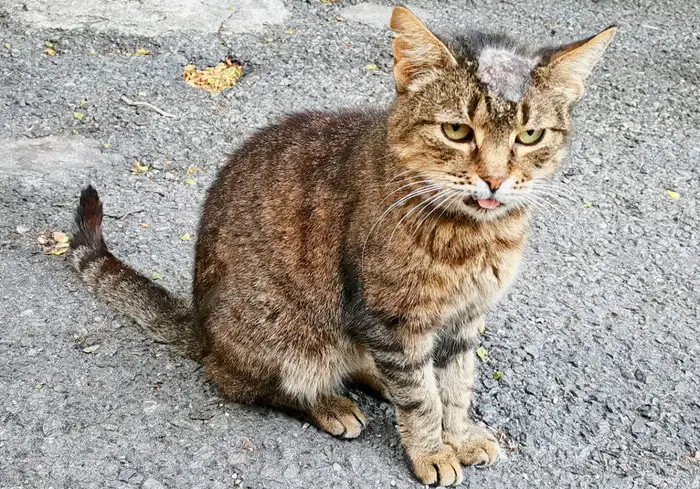
Causes of Dermatophytosis in Cats
Ringworm is caused by few species of fungal spores called dermatophytes. The most common causal agents are Microsporum felis, Microsporum canis, Trichophyton mentagrophytes, and Microsporum gypseum. The fungus usually presents in the soil is called geophilic, lives on the anthropophilic human body, and is ordinarily present in the animal body called zoophilic. Microsporum canis is the most abandoned organism causing ringworm in dogs and cats.
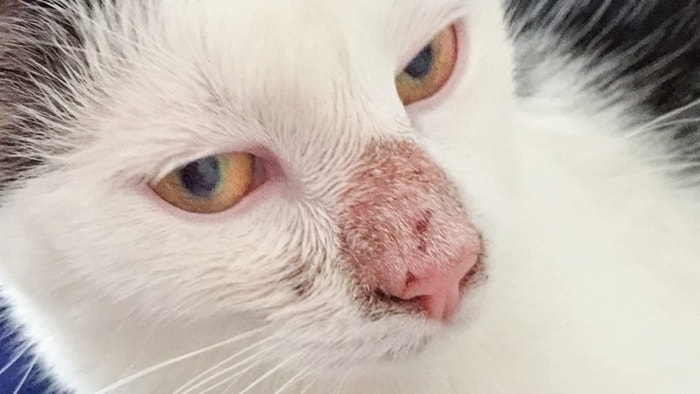
Transmission of Dermatophytosis in Cats
Ringworm in cats is the most common infectious skin disease. The organism is spread by infected dander, hairs, droppings, scrapies, and excreta. The healthy cats get the infection from the infected cats, dogs, humans, and the environment. The kittens are more susceptible than adult cats as their immune system is at the developing stage. The cats with poor nutrition, stress due to many diseases, environmental factors, aged cats are more prone to this disease.
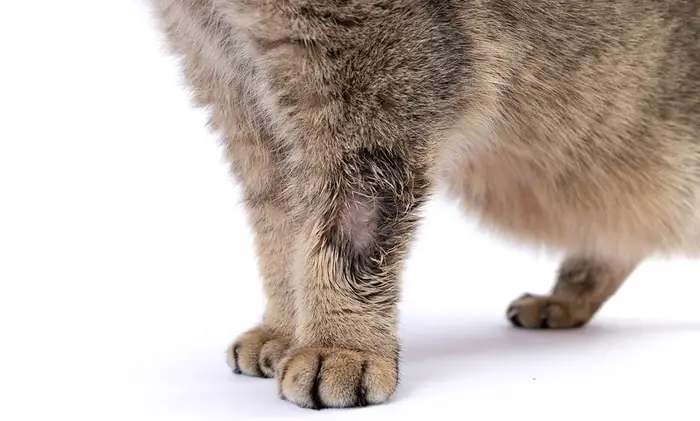
Can Human Get Ringworms From Cats?
As a cat owner, you can get infected by ringworms from your cats. The organism Microsporum canis and Trichophyton mentragrophytes are zoonotic to humans. If you are healthy and immunologically strong, the organism can not do any harm to you. Kids and aged people are more susceptible to ringworms from cats and dogs.
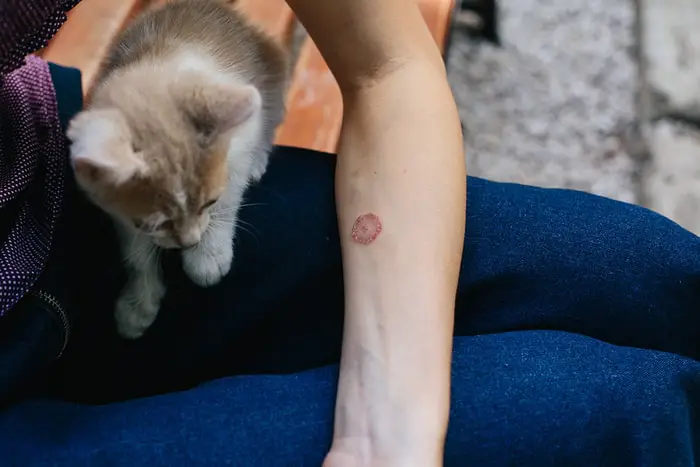
Clinical Signs of Ringworm in Cats
Ringworm does not produce ring-like lesions on the skin. The usual clinical signs are:
- Itching or pruritis of skin with mild to severe itchiness at the point of the lesion.
- Loss of hair at the point of infection, which may be symmetrical or asymmetrical.
- The presence of crusting and scaling, which is mostly mild but in some cats is severe.
- Ringworms may cause blackheads on the skin in some cats.
- There may be a presence of hyperpigmentation on the skin.
- Redness of the skin and the redness increases at its periphery.
- Itching of one or both ears is seen occasionally in cats with ringworm infection.
- Loss of condition, appetite, weakness, and bad behavior is also seen in cats.
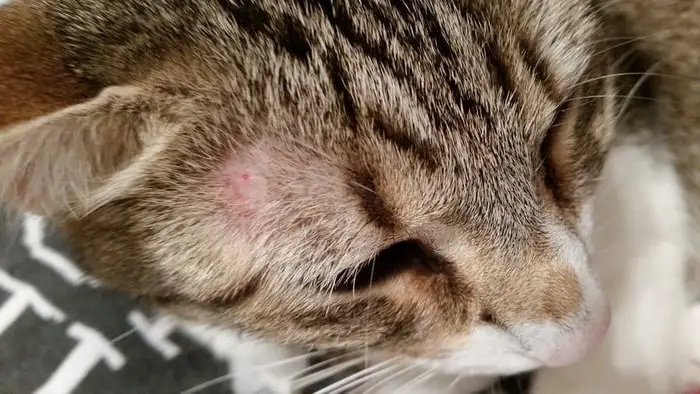
Diagnosis of Dermatophytosis in cats
The disease is easily diagnosed by:
- History of occurrence of disease in other pets.
- Specific clinical signs like ring-like lesions on the skin, hair loss, and itching.
- Examination of the skin scrapings by Wood’s lamp.
- Microscopic examination of fungal spore Microsporum from the affected skin scrapings.
- Culture of the skin scrapings for confirmatory diagnosis of the causal agents.
- PCR of the causative organisms to confirm the species of fungus.
- Biopsy of the skin is also an accurate method of diagnosis.
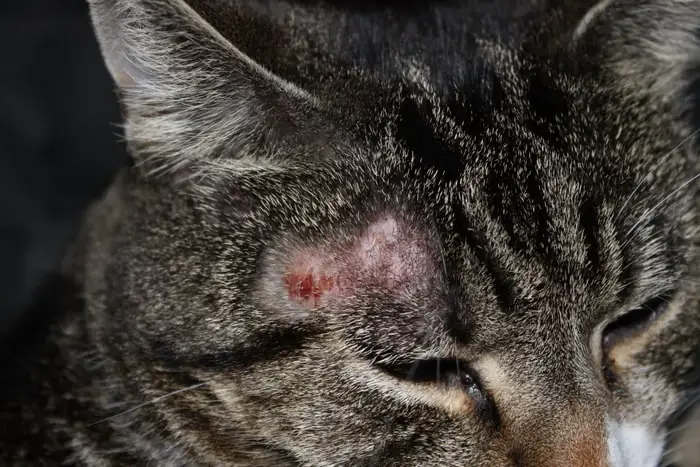
Treatment of Ringworm in Cats
The disease is highly infectious and contagious, but 90% of the cat recover after proper treatment. The combination of tropical and systemic or oral therapy is more beneficial and causes early healing. The treatment procedures are:
- Application of antifungal cream or ointment on the affected areas.
- Clean the area with mild antiseptics.
- Bathing with antifungal shampoo twice a week.
- Application of antibacterial cream once a day in the affected area prevents the secondary bacterial infection.
- Administration of oral antifungal drugs like Clotrimazole helps early recovery.
- Antibiotics can be given by injection or orally if any bacteria invade the area.
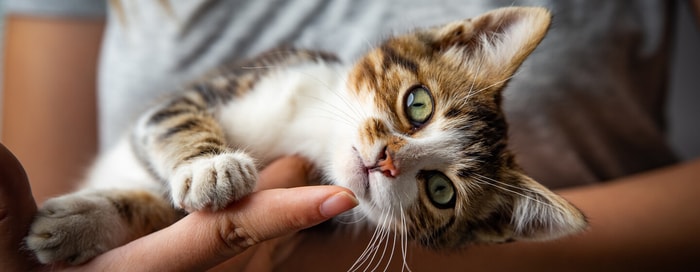
Prevention and Control of Fungal Infections in Cats
Fungal diseases can be prevented in cats by following few health improvement measures. The following tips for the prevention of ringworms:
- Keep the cat litter box clean every day.
- The cat should be groomed thoroughly every day.
- The cat should be bathed and washed at least once a week with an antifungal shampoo.
- The cat house should clean daily.
- The street dogs and cats should be restricted from coming in contact with house cats.
- After grooming, the fallen hairs and dandruff should be disposed of properly.
- Young kittens should be reared safely.
- Regularly wash the cat house with chlorinated water or strong disinfectants.
- After any infection or recovery, wash all the utensils of the cat with strong disinfectants.
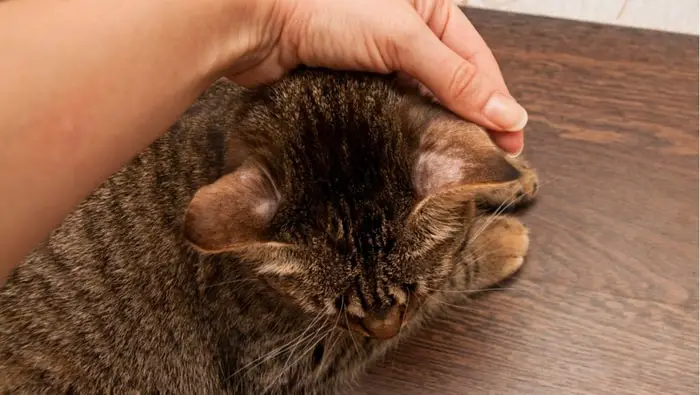
Prognosis of Ringworm in Cats
The ringworm recovers within four weeks after proper treatment in most of the cats. Even after recovery, the cats remain infective and may spread the disease to other cats for the next three weeks. The infection may spread to you, especially kids, and aged people are more vulnerable. The infection may persist even after proper treatment and care for one month. Then your veterinarian may select other antifungal drugs and may go for antibiotic or antifungal sensitivity tests.

Final Advice on Ringworm in Cats
Ringworm is a common fungal disease of the skin of cats. The disease is highly contagious and rapidly spreads to other healthy cats, dogs, and even humans. You must be very cautious and start early treatment of the disease. In most cases, the cat recovers after proper treatment and care. The disease can also be controlled and prevented entry into your house by taking adequate preventive measures.